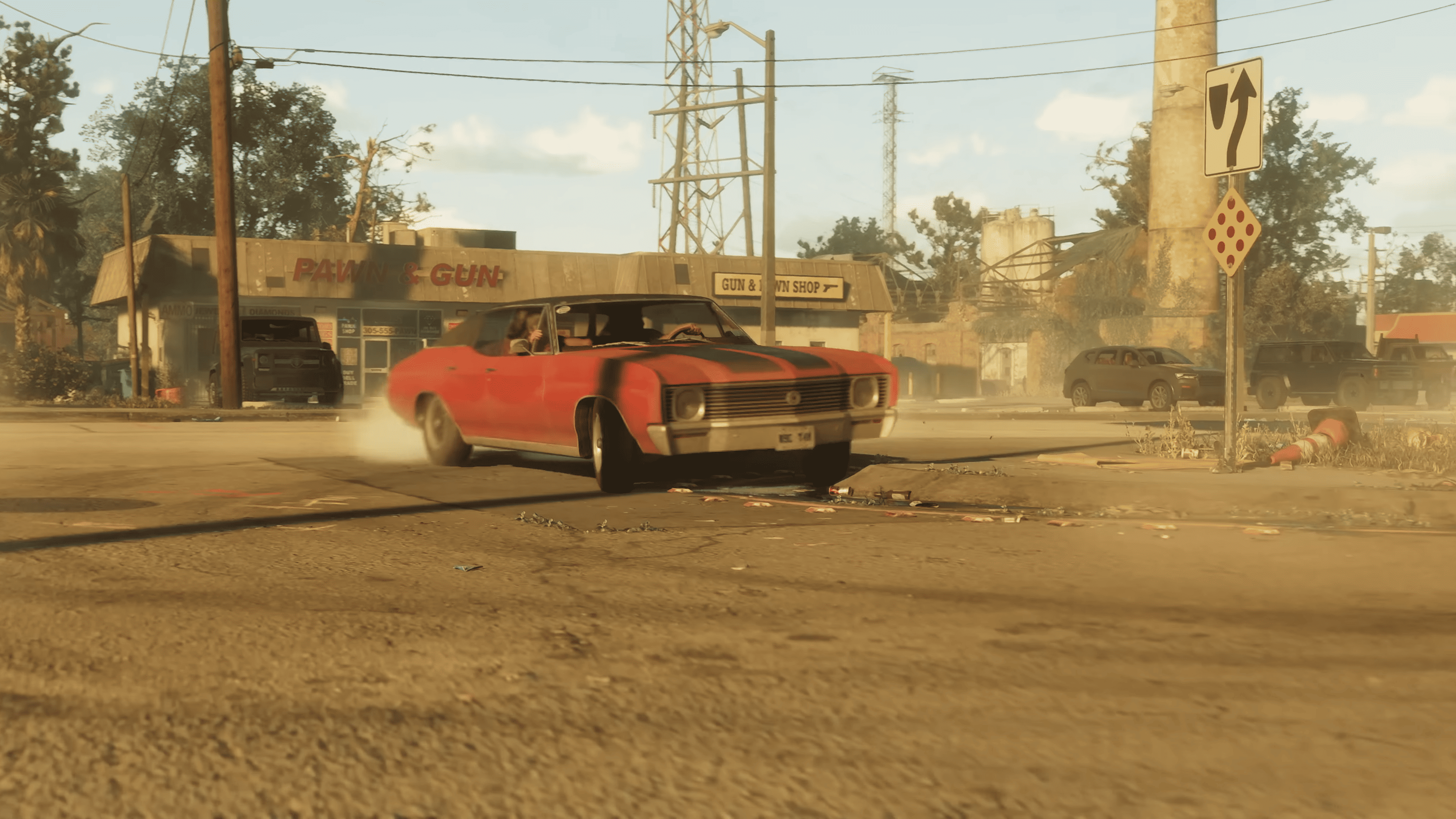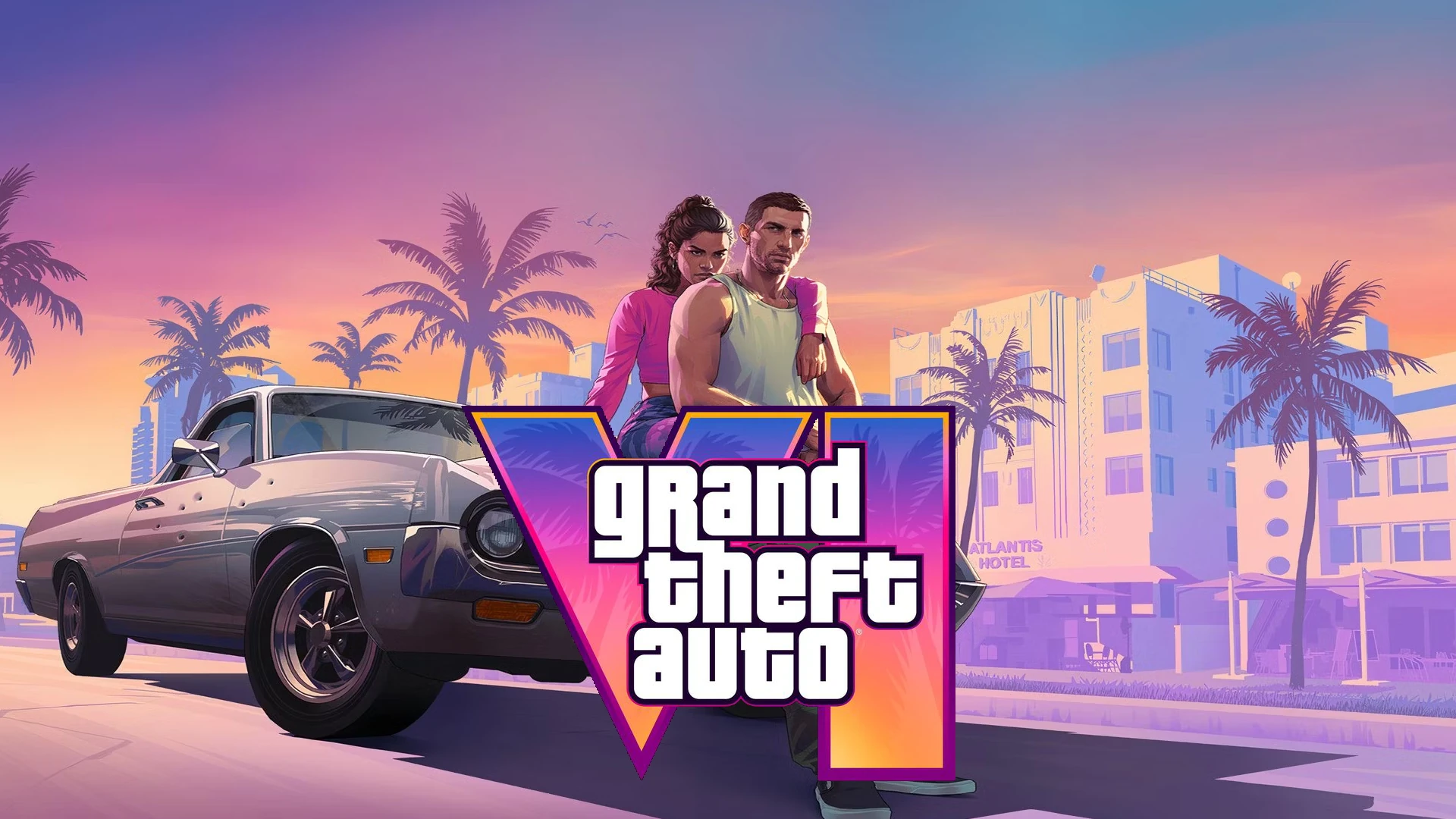The gaming industry is buzzing with anticipation as industry experts predict Grand Theft Auto 6 could command a premium $100 price point and still achieve massive sales. According to insiders, the highly anticipated sequel from Rockstar Games has enough brand power and fan loyalty to “sell like hotcakes” even at a price point that would break industry norms. While GTA 6 might succeed with this pricing strategy due to its exceptional market position, experts caution that other game developers should not rush to follow suit.
The “sell like hotcakes” prediction for GTA 6 stems from the franchise’s tremendous track record and cultural impact. With GTA 5 becoming one of the best-selling games of all time, the next installment carries enormous expectations. The game’s developer, Rockstar Games, has built a reputation for delivering massive open worlds with unprecedented attention to detail, potentially justifying the higher price for consumers seeking premium gaming experiences.
However, industry analysts emphasize that GTA’s unique position in the market creates an exception rather than a new rule. Most game developers lack the brand recognition and devoted fan base needed to successfully implement such aggressive pricing. The cautionary advice suggests that mid-tier and indie studios should focus on competitive pricing strategies that align with their market position rather than emulating what might work for gaming’s biggest franchises.

GTA 6’s $100 Price Point: Breaking Records, Not Traditions
Grand Theft Auto VI is shaping up to be the most anticipated game of the decade—maybe ever. Rockstar’s next open-world behemoth is already generating an unprecedented level of hype. But the potential $100 price tag? That’s got people talking just as much as the game itself. Industry analysts are throwing out predictions that GTA 6 will hit store shelves (or digital storefronts) at a premium price point—possibly starting at $100 for the base game.
And yet, the consensus is clear: it’s still going to sell tens of millions of copies in its first few days. The question isn’t whether people will buy it. It’s whether Rockstar’s gamble on price will become the new standard for video games.
Short answer? Probably not.
GTA 6 Can Charge $100 Because It’s GTA 6
Rockstar isn’t just selling a video game; they’re selling an event. GTA 6 is more than a release—it’s a cultural moment. People who haven’t picked up a controller in years will be lining up (figuratively and literally) to play this game. Rockstar knows this. They’ve been building this brand for decades, and it’s paid off. GTA V sold over 190 million copies. Red Dead Redemption 2 sold 61 million copies despite being a slower, more methodical game.
No other studio commands that kind of loyalty or expectation. Rockstar could put a $150 sticker on GTA 6, and it would still smash sales records. They’ve earned the trust of their audience by delivering games that not only push technical boundaries but also create worlds people want to live in.
Why $100 Won’t Be the New Normal
There’s a lot of fear that GTA 6’s pricing could open the floodgates for publishers to start charging $100 for standard editions of their games. It’s unlikely. Rockstar is an anomaly. They operate on a different level when it comes to brand power, development scale, and consumer trust.
Most publishers aren’t Rockstar. Ubisoft, EA, Activision—they all have big franchises, but they don’t have a Grand Theft Auto. Look at what happened when Ubisoft tried to charge a premium for Skull & Bones. Gamers weren’t buying it (literally). It doesn’t matter how much money is sunk into a game’s development—if the player base isn’t convinced it’s worth it, they’ll pass or wait for a discount.
GTA 6 is a unicorn. Rockstar can test the ceiling because they have the biggest game in the world. But the average studio doesn’t have the luxury of an automatic 50-million-copy cushion.
The Business of Big Budgets and Higher Prices
The argument for higher prices isn’t new. Game development costs have skyrocketed. Big-budget games are taking longer to make, with teams that rival Hollywood productions. GTA 6 reportedly has a budget north of $1 billion when you factor in both development and marketing. Rockstar wants to make that money back—and then some.
But while costs have gone up, the market hasn’t necessarily changed. Players are still hesitant about shelling out more than $70 for a new game, especially with the rise of free-to-play titles, Game Pass, and sales happening just months after launch. The value proposition has to be there, and only a few games can deliver on that expectation.
GTA Online 2: The Real Moneymaker
The $100 sticker price might seem steep, but it’s just the beginning. GTA Online 2 (or whatever they end up calling it) is where Rockstar will make its fortune. If history repeats itself, they’ll offer an expansive, persistent online world with endless monetization opportunities—microtransactions, battle passes, cosmetic upgrades, vehicles, weapons, businesses, and everything in between.
GTA V made billions from GTA Online alone. Rockstar could sell GTA 6 for $60 and still turn a massive profit from its online component. But the $100 starting price? That’s the flex. It’s Rockstar saying, “We can, and you’ll still buy it.”
What Happens Next for the Industry?
There’s little doubt that every publisher in the industry will be watching GTA 6’s launch like a hawk. If it works—and it almost certainly will—some studios might try to float $80 or $90 prices for their own AAA games. But the bar is impossibly high. GTA 6 isn’t just a game. It’s the product of Rockstar’s 25 years of world-building, controversy, innovation, and fandom.
What’s more likely is that deluxe editions and collector’s bundles will get even more bloated. Expect to see $200 packages with early access, exclusive skins, and digital goodies. Publishers love bundling extras to justify higher prices without raising the base cost.
Players Are in Control—For Now
Gamers have more power than they think. If players push back on aggressive pricing, publishers will have no choice but to dial it down. We’ve already seen the backlash to microtransactions, loot boxes, and always-online requirements force companies to change course.
But Rockstar is in a different league. GTA 6 will charge $100, and people will celebrate the privilege of paying it. It’s the exception, not the rule.
For everyone else? $70 is probably here to stay… unless they can deliver something on Rockstar’s level. And right now, no one can.
Key Takeaways
- GTA 6 could succeed with a $100 price point due to the franchise’s exceptional brand power and devoted fan base.
- Experts warn that most game developers cannot replicate this pricing strategy without risking significant sales losses.
- The potential success of a premium-priced GTA 6 highlights the growing disparity between AAA blockbusters and other market segments in the gaming industry.
Predicted Success of GTA 6
Grand Theft Auto 6 is positioned to break sales records despite its unprecedented $100 price point. Industry analysts point to the franchise’s loyal fan base and Rockstar’s track record of delivering high-quality, content-rich games.
Market Expectations and Price Strategy
Many experts believe GTA 6 will “sell like hotcakes” even at the $100 price point, a significant increase from the standard $70 price for current AAA titles. This prediction stems from the game’s massive anticipation and estimated development costs exceeding $500 million.
Market analysts suggest the higher price reflects both inflation and the expanded scope of modern game development. Unlike other franchises that might struggle with such pricing, GTA’s cultural significance gives it unique market leverage.
Pre-order projections currently estimate 10-15 million units sold in the first week alone. Retailers are preparing for launch day surges similar to those seen with previous console releases.
Historical Sales Data for GTA Series
The GTA franchise has demonstrated remarkable sales growth with each new mainline release:
| Game | Lifetime Sales | Time to Reach 10M Units |
|---|---|---|
| GTA III | 14.5 million | 3 years |
| GTA Vice City | 17.5 million | 2 years |
| GTA San Andreas | 27.5 million | 1 year |
| GTA IV | 25 million | 6 months |
| GTA V | 190+ million | 3 days |
GTA V remains the most profitable entertainment product of all time, generating over $8 billion in revenue since its 2013 release. The game sold 11.2 million copies in its first 24 hours and reached $1 billion in sales within three days.
This unprecedented success, coupled with the 12-year gap between releases, has created enormous pent-up demand for GTA 6.
Warnings to Other Game Developers
While GTA 6 may command premium pricing due to its massive brand recognition, industry analysts caution that most game developers would face significant challenges trying to replicate this pricing strategy.
Risks of High Pricing in the Video Game Market
Setting a $100 price point carries substantial risks for most developers. Unlike Rockstar Games with its established fanbase and proven track record, smaller studios lack the market leverage to justify premium pricing.
Companies must consider their position in the competitive landscape. AAA titles from lesser-known studios that attempt high price points often face immediate consumer backlash and poor initial sales.
The development costs required to create content that justifies higher pricing are prohibitive for most studios. Analysts point out that creating a game with GTA-level production values requires hundreds of millions in investment.
Market data suggests that price elasticity varies dramatically across gaming segments. What works for an industry titan rarely translates to success for mid-tier developers.
Consumer Behavior and Price Sensitivity
Gamers demonstrate different price sensitivity based on brand loyalty and perceived value. Research indicates that while fans might pay premium prices for established franchises, they show resistance to high prices for new IPs.
Consumer purchasing behavior has evolved with the rise of free-to-play titles and subscription services. Many players now expect lower entry points with optional spending rather than high upfront costs.
Market surveys reveal that the average gamer has a mental price ceiling of around $70 for standard editions. Exceeding this threshold requires exceptional perceived value or strong brand attachment.
Digital storefronts provide unprecedented price transparency, making it easier for consumers to compare costs and wait for sales. This has created more price-sensitive behavior across all gaming segments.
Case Studies of Pricing Impact on Game Sales
Historical examples provide clear warnings about pricing ambition. “Battlefield 2042” faced significant criticism for its premium price point despite launching with technical issues, resulting in disappointing sales performance.
In contrast, games with moderate pricing or value-focused strategies have thrived. Indie titles priced appropriately for their scope often “sell like hotcakes” according to industry reports, even without massive marketing budgets.
The mobile and PC markets demonstrate extreme price sensitivity. Games that launched at higher price points frequently saw dramatic sales increases after price reductions, suggesting initial pricing deterred potential buyers.
The success of Game Pass and PlayStation Plus demonstrates consumers’ preference for perceived value. Many players now evaluate game purchases against what they could access through subscription services.
Frequently Asked Questions
The pricing and sales predictions for GTA 6 raise several important questions about the game industry’s future. These questions explore market impacts, risks, success factors, and changing consumer expectations.
How will the pricing strategy of GTA 6 impact the video game market?
The $100 price point for GTA 6 may establish a new ceiling for premium game pricing. If successful, other AAA publishers might test similar price points for their flagship titles.
This could create a tiered pricing system where only the most prestigious franchises command premium prices. Smaller studios will likely maintain lower price points to remain competitive.
The industry might see more value-based pricing, where games with massive development budgets and extensive content justify higher costs to consumers.
What are the risks for other game developers attempting a similar pricing strategy to GTA 6?
Developers without Rockstar’s reputation risk severe backlash and poor sales if they attempt similar pricing. Consumer goodwill is harder to build than to lose.
Most studios lack the marketing budget to convince players their game justifies a premium price tag. This creates a dangerous financial gamble.
Higher prices raise consumer expectations dramatically. Games that fail to deliver exceptional quality at premium prices face devastating reviews and potential refund requests.
Can the success of a high-priced game like GTA 6 be replicated by other franchises?
Few franchises command the cultural impact and anticipation that GTA does. The series has built loyalty over decades with consistent quality.
Franchises with similar devoted fanbases like The Elder Scrolls or Call of Duty might experiment with premium pricing. Success depends on perceived value and content volume.
New IPs face nearly impossible odds at premium price points without established reputations or proven gameplay innovations.
What factors contribute to industry experts’ predictions about GTA 6 sales performance?
GTA 5’s unprecedented success, selling over 190 million copies and generating billions in revenue, provides confidence for GTA 6’s performance. Past behavior predicts future purchasing.
Rockstar’s extended development cycle creates massive anticipation and suggests exceptional production values and content depth. The lengthy wait builds demand.
The studio’s track record of technical innovation and benchmark-setting game design generates trust that the price will reflect genuine value.
How might consumer expectations shift with AAA games being priced at $100?
Consumers will expect significantly more content, polish, and post-launch support from games at the $100 price point. Value perception becomes crucial.
Players may become more selective, purchasing fewer games annually but expecting each to provide more hours of entertainment. This could impact mid-tier publishers.
The gap between premium and budget/indie titles may widen, potentially creating more distinct market segments with different quality and pricing expectations.
What distinguishes GTA 6’s business model to justify its high price point compared to other games?
GTA 6 likely offers an enormous open world with unprecedented detail and interactive systems. The sheer scale justifies premium pricing.
Rockstar’s dual-market approach combines single-player content with GTA Online’s ongoing multiplayer universe. This provides both immediate and long-term value.
The technical achievements and production values in Rockstar titles typically set industry standards. Players recognize they’re paying for cutting-edge visuals and physics systems.







